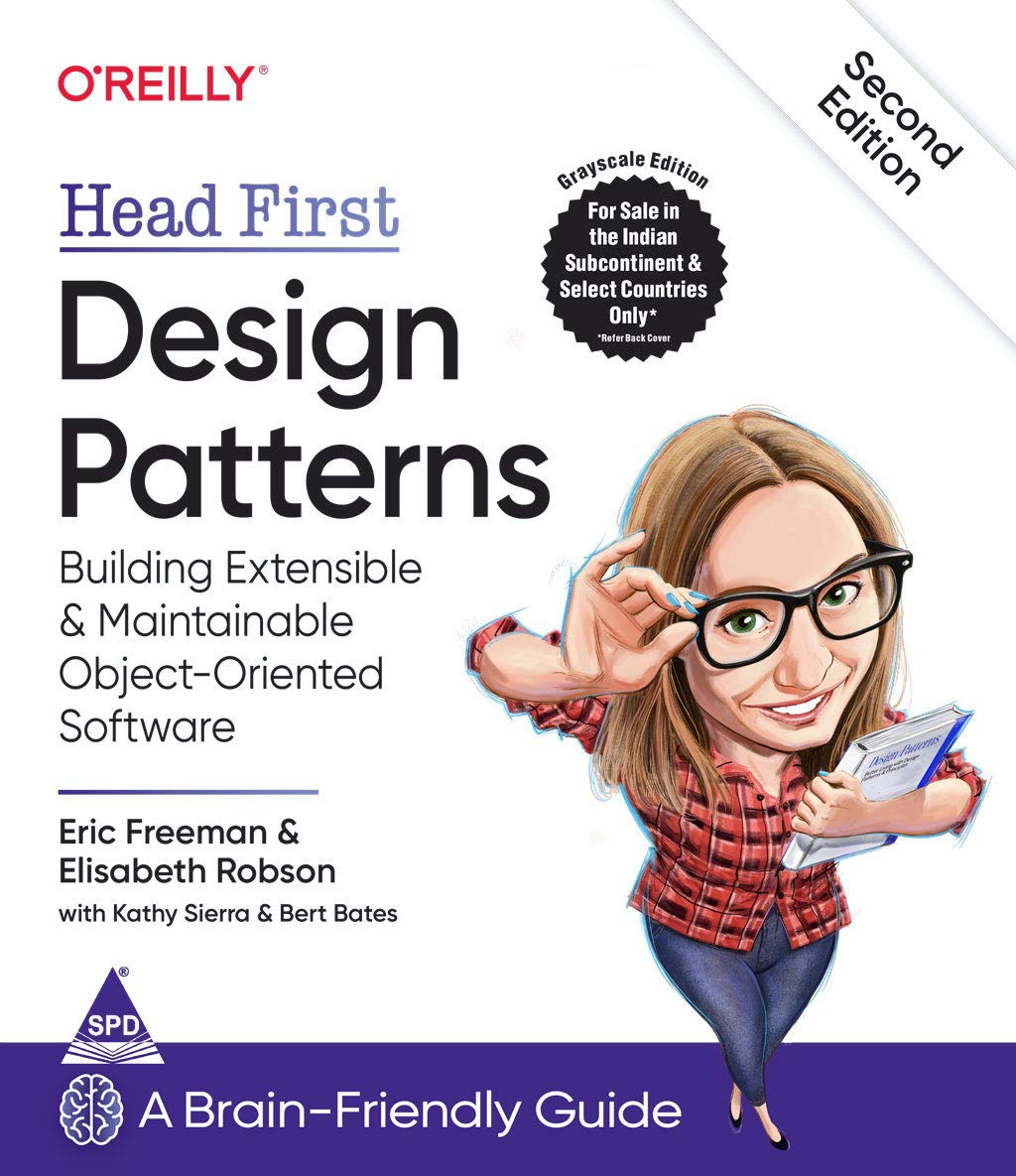⭐ XML to JSON Converter — Free Online Tool
Working with XML data and need to convert it into JSON? LangStop XML to JSON Converter makes it fast, reliable, and accurate — perfect for developers, QA engineers, data analysts, and mobile/web app creators.
Transform API responses, RSS feeds, SOAP messages, Android XML, SVG, and legacy XML data into clean, well-structured JSON in seconds, without installing software or risking privacy.
🚀 What Is XML to JSON Conversion?
XML and JSON are the most common data formats for APIs, configurations, and structured data. XML to JSON conversion is the process of transforming:
1<user>
2 <id>1</id>
3 <name>Alice</name>
4</user>into:
1{
2 "user": {
3 "id": 1,
4 "name": "Alice"
5 }
6}This allows modern apps, web services, and JavaScript-based tools to process XML data seamlessly.
💡 Why Use LangStop’s XML to JSON Converter?
🔹 1. Accurate & Reliable Conversion
- Preserves nested elements
- Converts XML attributes correctly
- Handles arrays & repeated elements
- Avoids data loss
🔹 2. Works With Large Files
Optimized to process multi-MB XML without lag.
🔹 3. Privacy-First
- Entirely client-side
- No uploads or server storage
- Ideal for sensitive data
🔹 4. Developer-Friendly Output
- JSON indentation options
- Compact or pretty print modes
- Copy, download, or export to other tools
🔹 5. Supports All XML Types
- SOAP & REST API responses
- RSS & ATOM feeds
- Android resource XML
- SVG & XSL files
- Config files & legacy XML
🛠 Key Features
| Feature | Description |
|---|---|
| XML to JSON Conversion | Accurate and fast |
| Pretty Print JSON | Readable JSON output |
| Compact Mode | Minified JSON for production |
| Attribute Handling | Converts XML attributes to JSON keys |
| Large File Support | Multi-MB XML files supported |
| Client-Side Only | Fully secure, no uploads |
| Copy & Download | Easy export for apps and pipelines |
| Multi-Level Nesting | Preserves complex XML hierarchies |
📦 Use Cases
✔ API & Web Developers
Convert SOAP or REST XML responses to JSON for modern JavaScript apps.
✔ Mobile Developers
Transform XML responses from backend services into native JSON objects for Android or iOS apps.
✔ QA Engineers & Testers
Validate XML to JSON transformations in testing pipelines or CI/CD scripts.
✔ Data Analysts
Process legacy XML data into JSON for analytics, dashboards, and ETL pipelines.
✔ Students & Learners
Understand data structure conversions between XML and JSON.
🔍 XML to JSON Conversion Rules
- XML Elements → JSON objects
- XML Attributes → JSON keys (with optional prefix or suffix for clarity)
- Nested Elements → Nested JSON objects
- Repeated XML Tags → JSON arrays
- Empty Elements → null or empty string
- CDATA Sections → JSON strings
LangStop ensures all conversions are lossless, predictable, and standards-compliant.
🔹 XML vs JSON — Why Convert?
| Feature | XML | JSON |
|---|---|---|
| Readability | Moderate | High |
| Lightweight | No | Yes |
| Used in APIs | SOAP, Legacy systems | REST, Modern apps |
| Parsing | DOM/SAX | Native JavaScript objects |
| File Size | Larger | Smaller |
| Developer Friendly | Medium | Very High |
By converting XML to JSON, you modernize data workflows and simplify integration with modern web and mobile applications.
🧪 How to Convert XML to JSON (Step-by-Step)
- Paste your XML into the input box.
- Click Convert to JSON.
- Copy the output or download the JSON file.
- Optional: switch between pretty print or compact minified JSON.
Instant conversion — no registration, no ads, no waiting.
🆚 LangStop vs Competitors
| Feature | LangStop | CodeBeautify | FreeFormatter | TutorialsPoint |
|---|---|---|---|---|
| Accurate Conversion | ✅ | ⚠️ Partial attribute support | ⚠️ Moderate | ⚠️ Limited |
| Large File Support | ✅ | ❌ | ❌ | ❌ |
| Client-Side | ✅ | ❌ | ❌ | ❌ |
| JSON Output Options | ✅ | ❌ | ❌ | ⚠️ |
| Privacy | ✅ | ❌ | ❌ | ⚠️ |
LangStop provides speed, accuracy, and privacy, surpassing traditional tools.
🔹 FAQs — XML to JSON Conversion
Q: Does XML to JSON conversion lose data? A: No, LangStop preserves all elements, attributes, and CDATA.
Q: Can I convert large XML files? A: Yes, multi-MB files are supported without lag.
Q: Is my data safe? A: Absolutely. Conversion runs entirely in your browser — no uploads.
Q: Can I pretty-print JSON? A: Yes, you can toggle between minified and formatted JSON.
Q: Can I use it for APIs? A: Perfect for REST or SOAP responses for modern apps.
🔚 Final Thoughts
The LangStop XML to JSON Converter is the ultimate online tool for developers, analysts, testers, and learners. It’s fast, secure, accurate, and modern, making it an essential part of any XML workflow.
✅ Try it now on LangStop XML to JSON — convert XML to JSON instantly.





